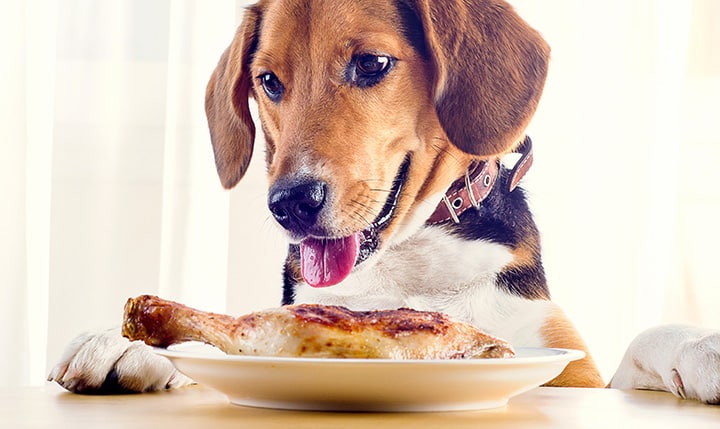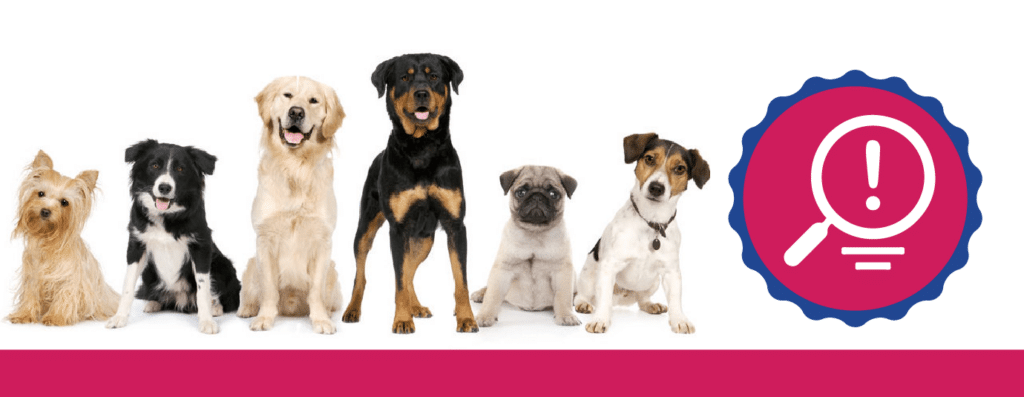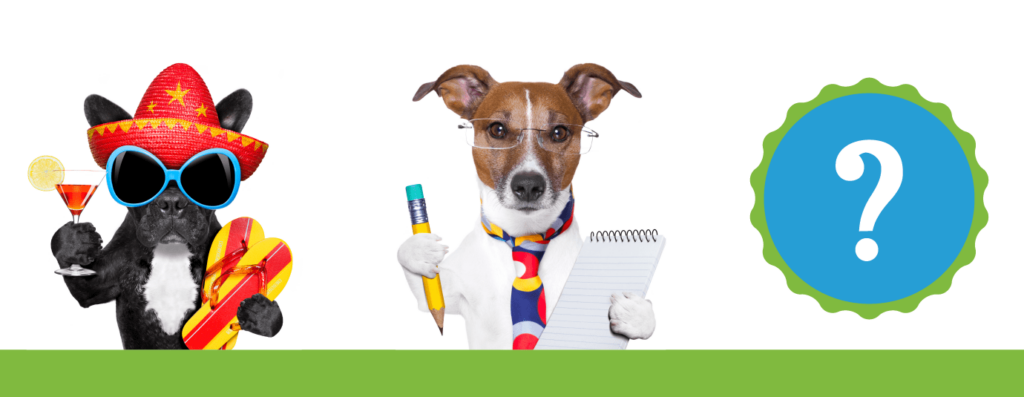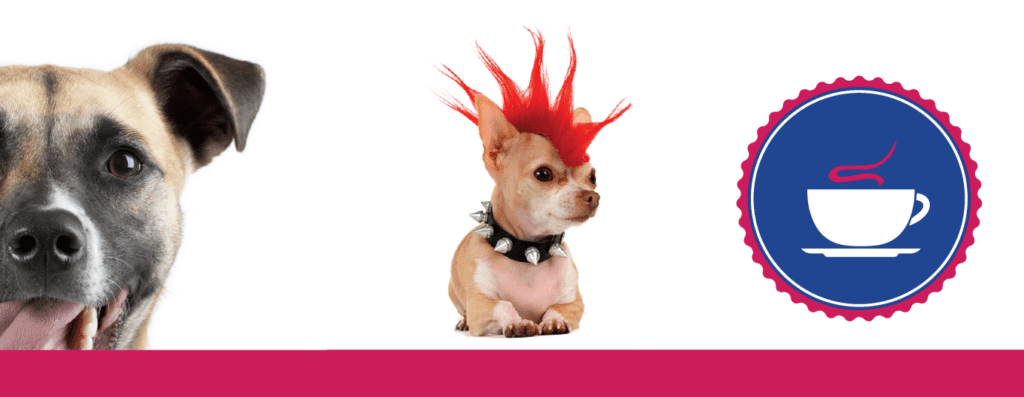As pet parents, we are all concerned with providing our dog with the absolute best so that he can live a long happy life. Sometimes it\’s not always easy to know conclusively if one dog diet is better than another. Can a special dog diet really add years to a dog\’s life? Is a raw diet better than kibbles? Should I feed my dog canned or dry food? There are a lot of questions circling around the pet store so we thought we would clear the air and provide some answers for pet parents.
The importance of feeding your dog quality ingredients is vital to their health. Providing adequate nutrition gives your dog\’s body the tools needed to heal and repair itself. When a dog\’s nutritional needs are met you can see the effects in your dog\’s coat, behavior, and the good news told to you by your vet. One of the best signs a dog is getting quality nutrition is in his coat shine. When your dog\’s coat has that vibrant luster, you know he\’s eating well. Dogs also tend to have more energy, especially in senior dogs. Senior dogs that have a great diet have better mobility and an extra spring in their step. An excellent dog diet will also help your dog age swiftly, keeping diseases at bay and dog\’s body functioning optimally.
Poor nutrition can lead to medical issues and common conditions include: arthritis, allergies, infection, fleas, worms, and weight issues.
What a Well-Balanced Dog Diet Includes
Protein & Amino Acids. At least 50 percent of a dog\’s diet ideally should be comprised of protein, at least 1 gram of protein per pound of their optimal body weight. Protein\’s role in the body is building and repairing muscles and body tissues. Protein also supports body chemicals like hormones and enzymes that control normal body function. Protein is comprised of 20 amino acids. Without essential amino acids, a dog\’s body cannot manufacture protein.
Vitamins & Minerals. Vitamins and minerals keep a dog\’s immune system and metabolism functioning normally. Having the right vitamins and minerals in your dog\’s diet helps their body convert calories into energy. Minerals also promote the normal function of cells.
Fats. Healthy fat is the primary source of energy while fatty acids derived from fat content maintain normal, healthy cells too.
Enzymes. Enzymes are specialized proteins that help break down and absorb nutrients. This nutrient also helps immune function, reduces inflammation, removes toxins, regulates hormone, and slows aging rates.
Carbohydrates. Dogs do not need carbohydrates to function but some carbs can be broken down by the digestive system to be converted to glucose—an energy source. Whole grains can also provide iron, minerals, and fiber. Starches need to be well cooked or can ferment in the large intestine. The best carbs come in the form of vegetables and fruits.
Dry Vs. Canned Food
One of the oldest conversations of contention in the veterinary realm is which diet is better: dry kibble or wet canned food? Both sides have valid arguments, making the answer a blurry one. Dry dog food wasn\’t available until after World War II when the pet industry started packaging dog food paper as mandated by the U.S. government.
The reason many dog owners prefer canned wet food is that it provides more moisture which helps keep pups hydrated. Some argue that dogs consume more nutrients with wet food. Since many wet foods do not include the processed fillers found within some dry food formulas, wet food has \’more bang for your buck.\’ The counterpoint to this is that wet food is expensive and can worsen your dog\’s oral hygiene. The mechanical action of chewing dry kibble scrapes away tartar, while wet food particles stick to a dog\’s teeth—leading to dental issues.
The answer boils down to quality and economics. There are low-quality dry kibble brands as well as low-quality wet canned food brands. The medium—wet or dry—is less important when discerning the true value of a dog food brand. Finding an affordable dog diet is determining the highest quality dog food per serving. Finding quality relies on deciphering a dog food label to ensure formulas include adequate nutrients for your dog.
The Rotational Diet
We at Splash and Dash Groomerie & Boutique believe the rotational diet is one of the best dog diets out there. By diversifying your dog\’s diet into four elements, not only are you ensuring that he gets all his nutrients, but it will also be tastier for him. Variation in a dog diet helps prevent allergies and is also an affordable alternative to many trendy dog diets on the market right now. The rotational diet spans four elements: fresh, dry, canned, and raw. Most pet parents are already giving their dogs two elements without even know it.
Dry Kibble. High-quality kibble foods should provide all nutrients a dog needs and the friction from chewing to work away at the plaque.
Canned Food. Grain-free canned food with optimal moisture helps keep a dog hydrated while packing tons of great protein into his diet. The best canned foods are 95% protein.
Raw Dog Food. Bones, organ meat, and muscle meat all comprise this category. Organs like the kidney, heart, and liver are packed with nutrients that are mimetic of your dog\’s ancestral dog diet. Having a few meals a week consist of pure raw food will keep your dog\’s inner-wolf happy by mimicking pre-digested stomach contents of wild prey.
Fresh. These are the table scraps. Fresh fruit, vegetables, and every once in awhile, a piece of your meal make great snacks for your pup. Apples alone have fiber, Vitamins A & C, Omega-3 & 6, and antioxidants. The fruit also contains a form a cyanide, which humans can filter out, but dogs cannot. Like many fresh foods, apples are great as snacks but too much can be unhealthy for a dog. Choose minimally cooked and processed foods for this category.
The Deal with Raw Food
A new debate that is continuing to heat up is the idea of providing a solely raw dog food diet. Many competitive dogs like racing Greyhounds and Iditarod sled dogs have been eating raw food diets for a long time. In 1993, an Australian veterinarian named Ian Billinghurst published, Give Your Dog a Bone, which illustrated his suggested dog diet, the BARF diet. The BARF diet, or Bones and Raw Food aligns a dog diet to what a pre-domesticated dog would be eating.
The evidence for raw dog food diets makes intuitive sense. Wild dogs ate mostly meat and bones which were high in moisture and low in carbohydrates. Vitamins and minerals stemmed from predigested vegetation from the stomach of their prey. Eating animals bones helped provide the friction needed to fend off dental issues. However, in 2004 the FDA issued suggestions to pet food manufacturers advising regulations to produce raw dog food more safely. Also, a number of studies have been published showing bacterial contamination. In 2006, a study of 20 commercial raw dog food manufacturers found 7.1 percent contained a type of salmonella and E. coli bacteria was found in 59.6 percent of raw dog diets. These harmful bacteria can also be lead to human exposure and infection through a dog\’s feces.
If you are adamant about giving your dog a completely raw diet, treat preparation the same as you if you were preparing food for humans. Make sure the dog bowl is washed every time he eats and any knives or dishes are washed with antimicrobial soap. Another option is buying commercial processed raw food diets that are frozen or freeze-dried with a blend of vitamins, vegetables, and grains that you mix with store-bought protein.
Splash and Dash Groomerie & Boutique offer trusted brands in our stores that we feed to our own dogs at home. Visit a store today to see what health benefits we can provide for your doggo!
Follow Splash and Dash Groomerie & Boutique:
- Website: http://splashanddashfordogs.com/
- Website: https://splashanddashfranchise.com/
- Facebook: https://www.facebook.com/splashanddashfordogs/
- Instagram: @splashanddashfordogs
- LinkedIn: https://www.linkedin.com/in/dan-j-barton-622ab517
- Twitter: splashanddash4dog



